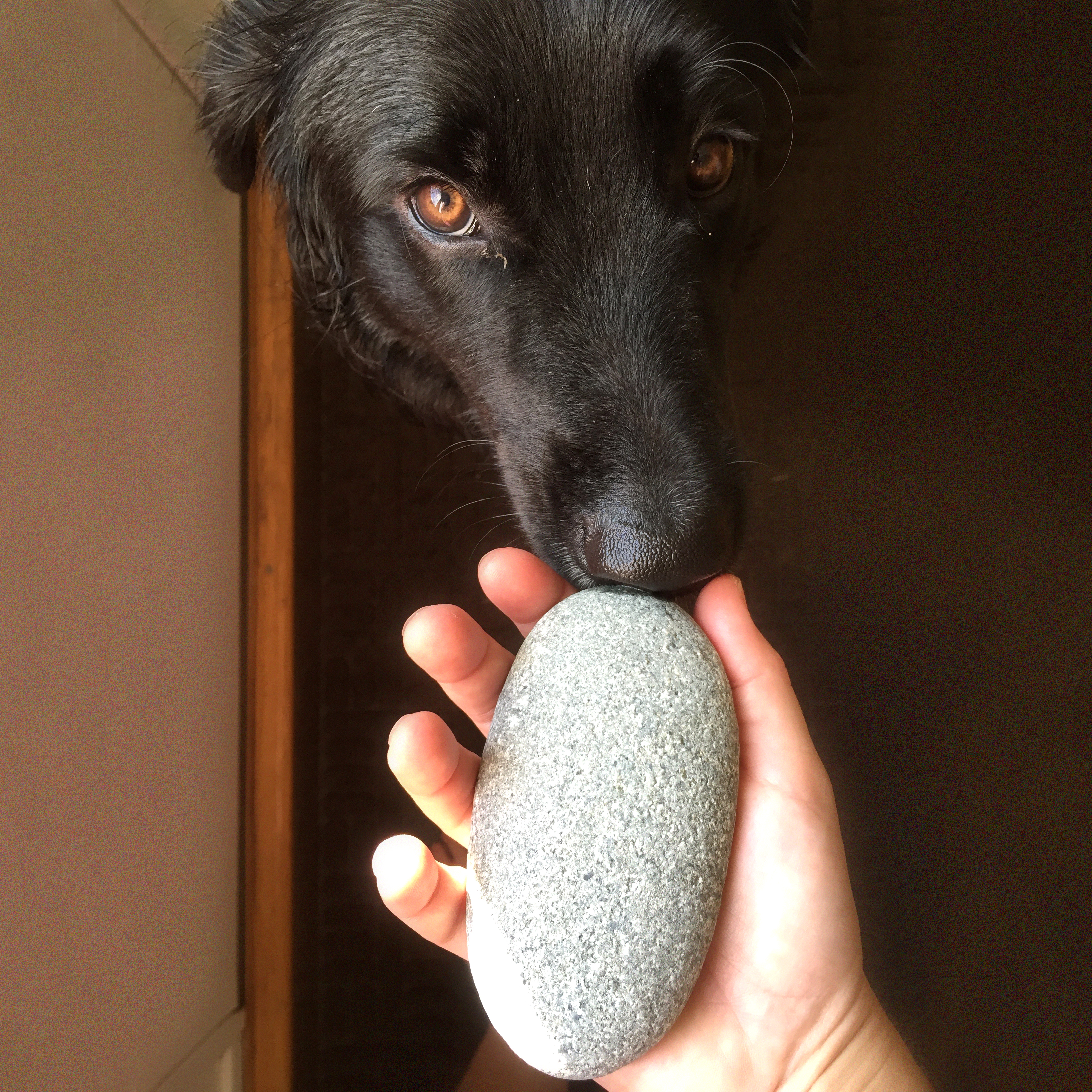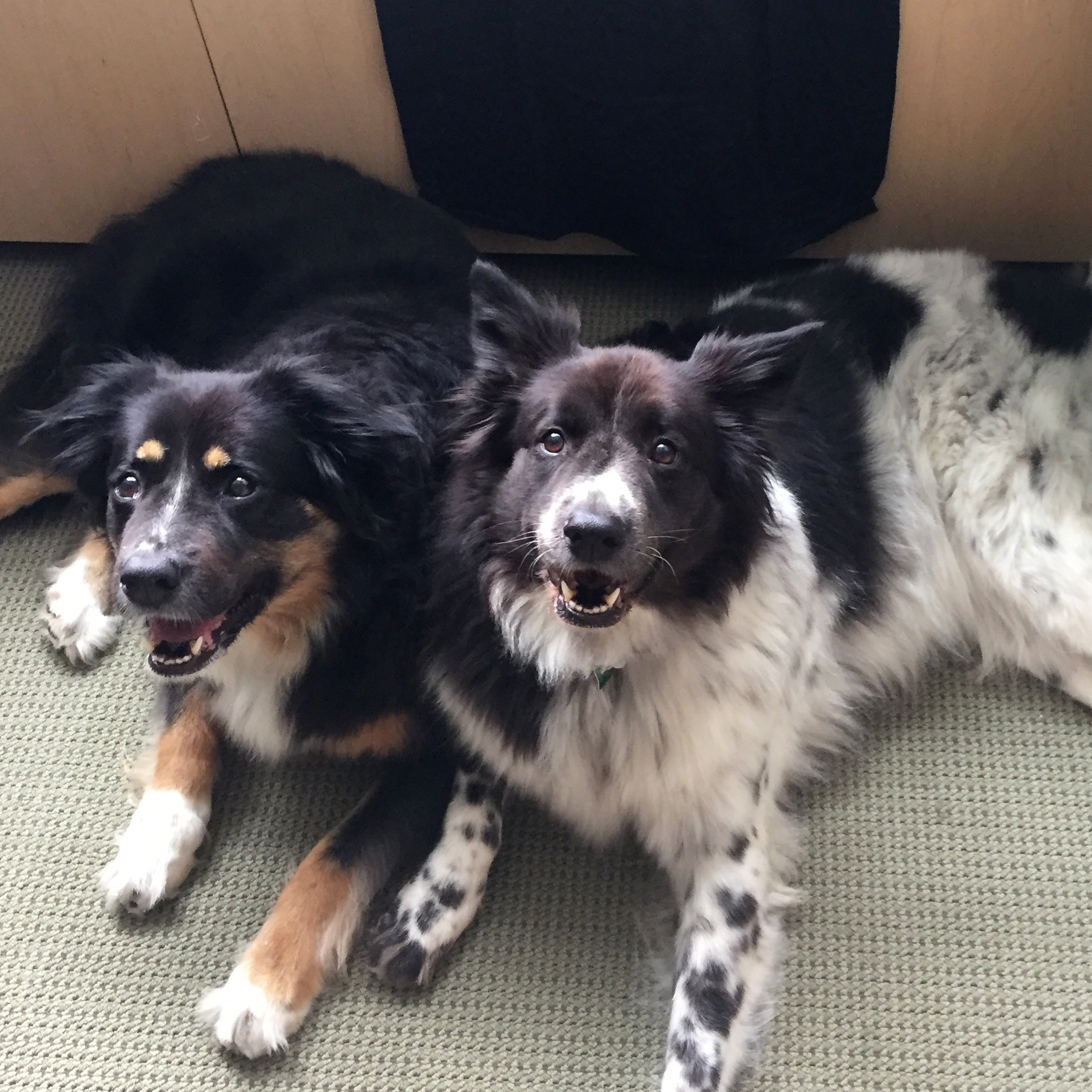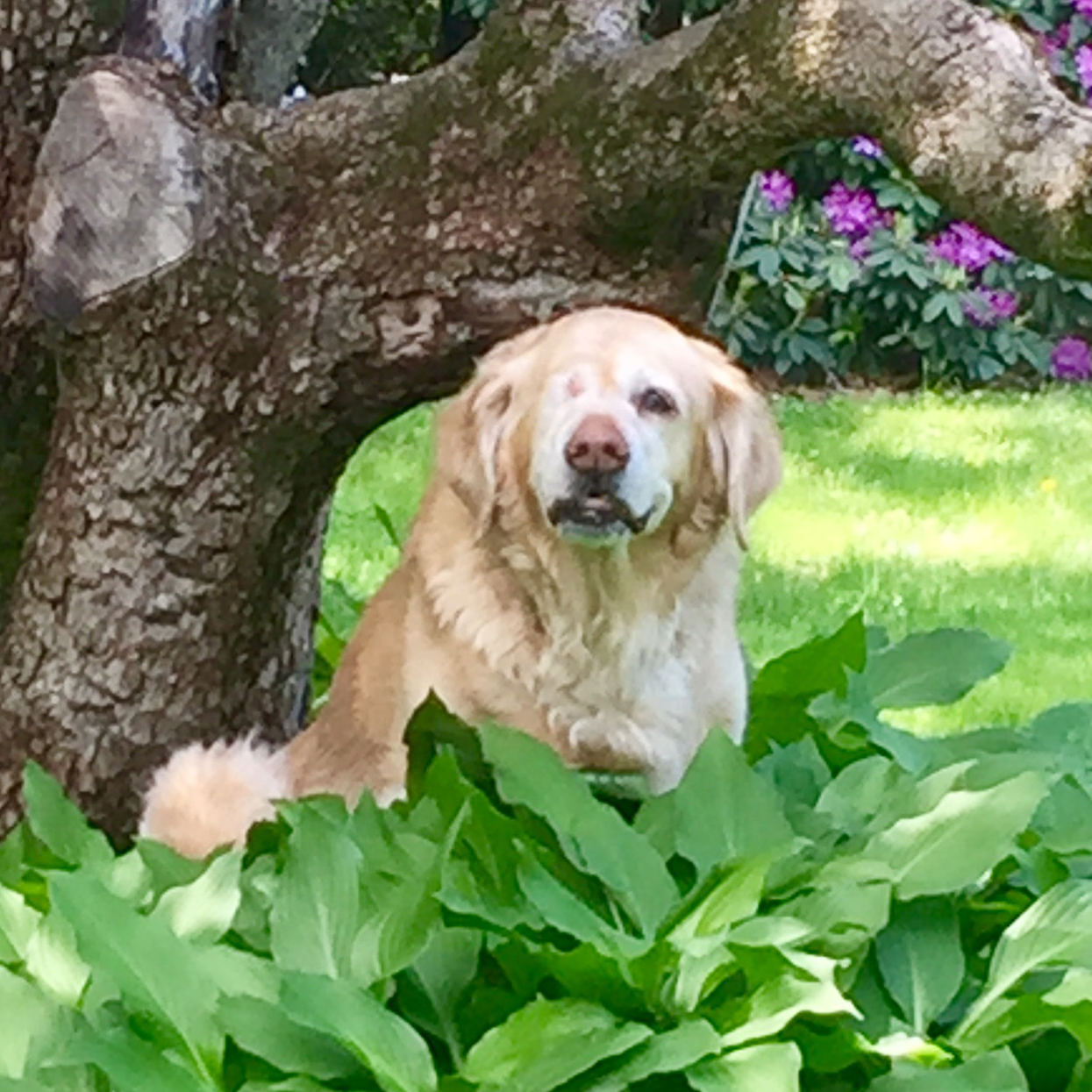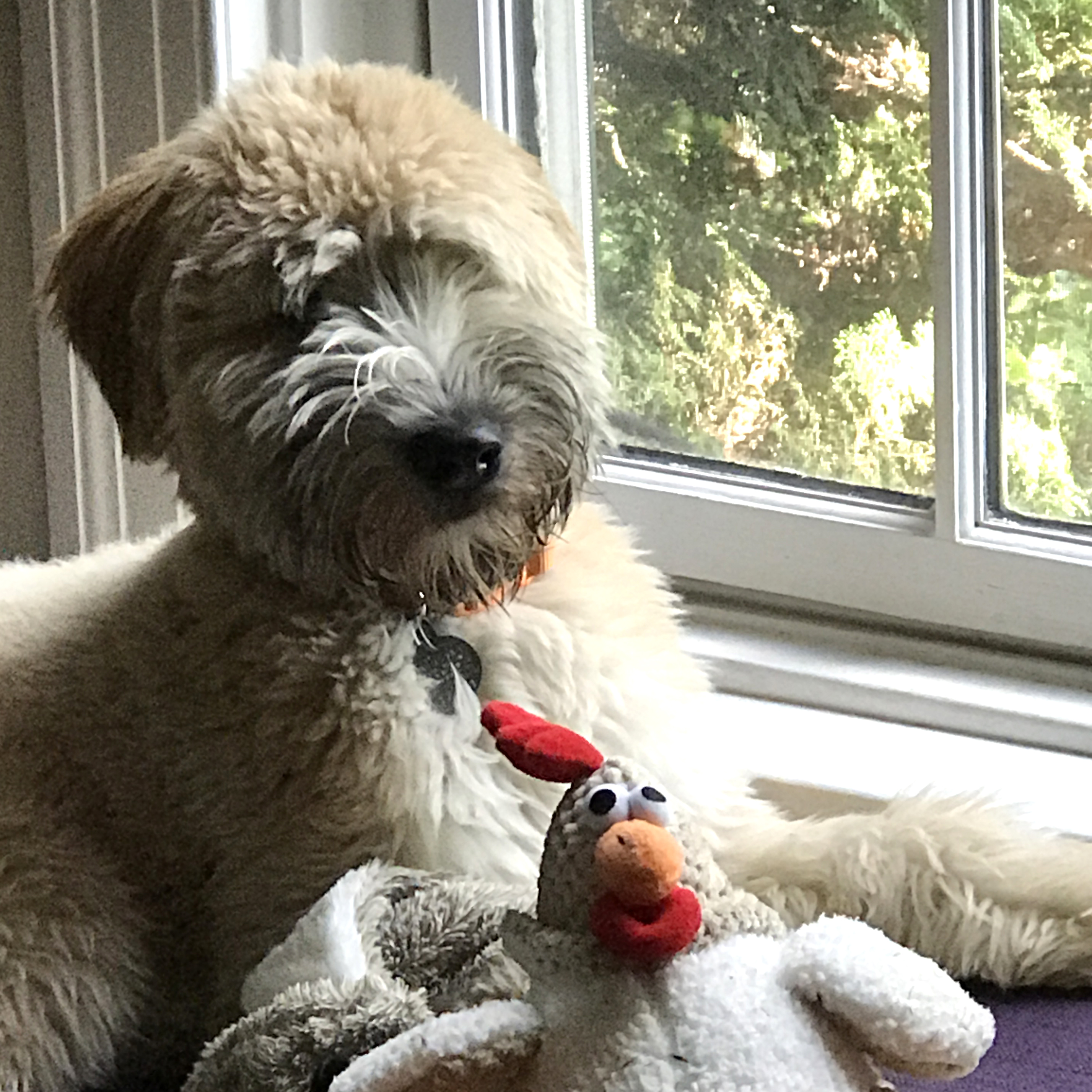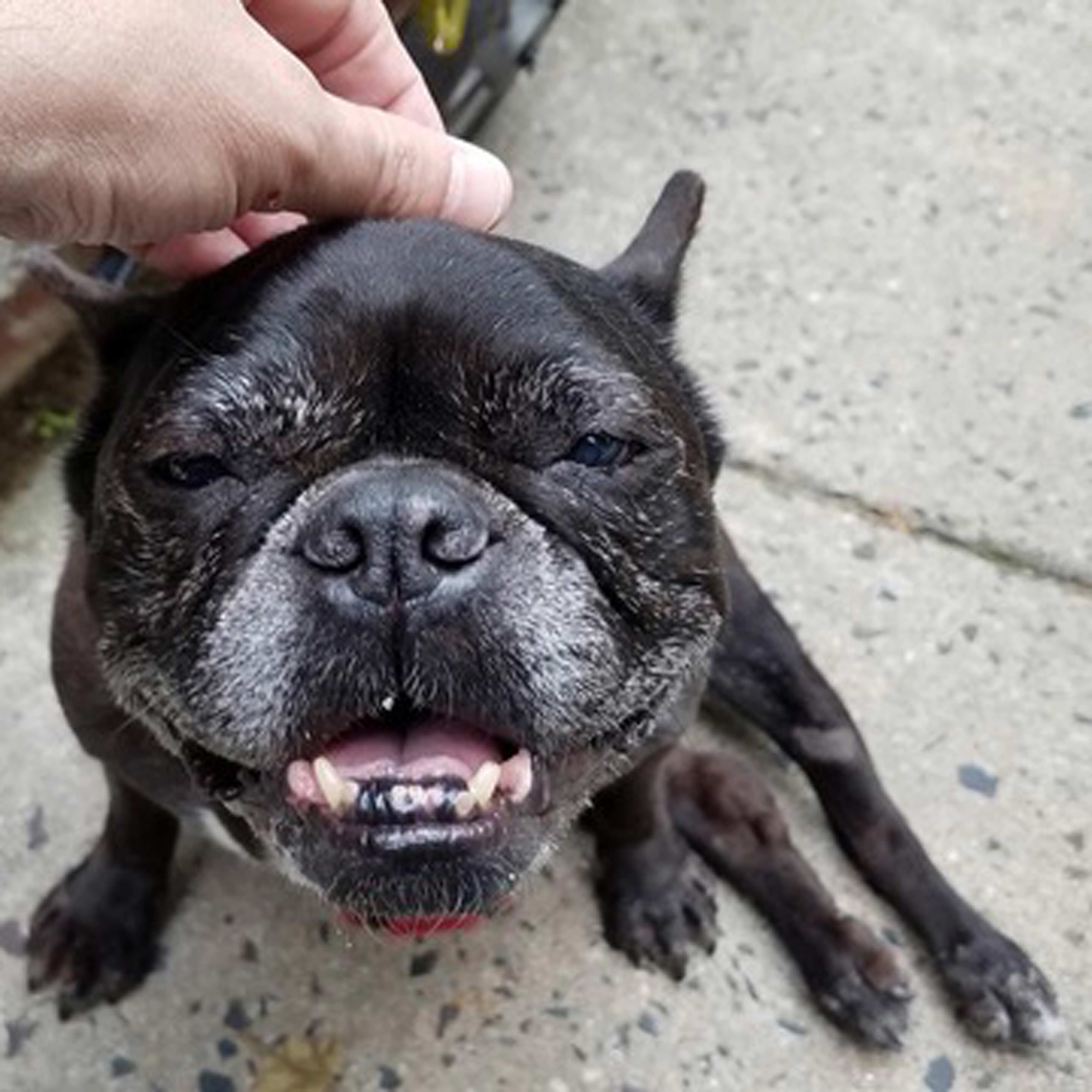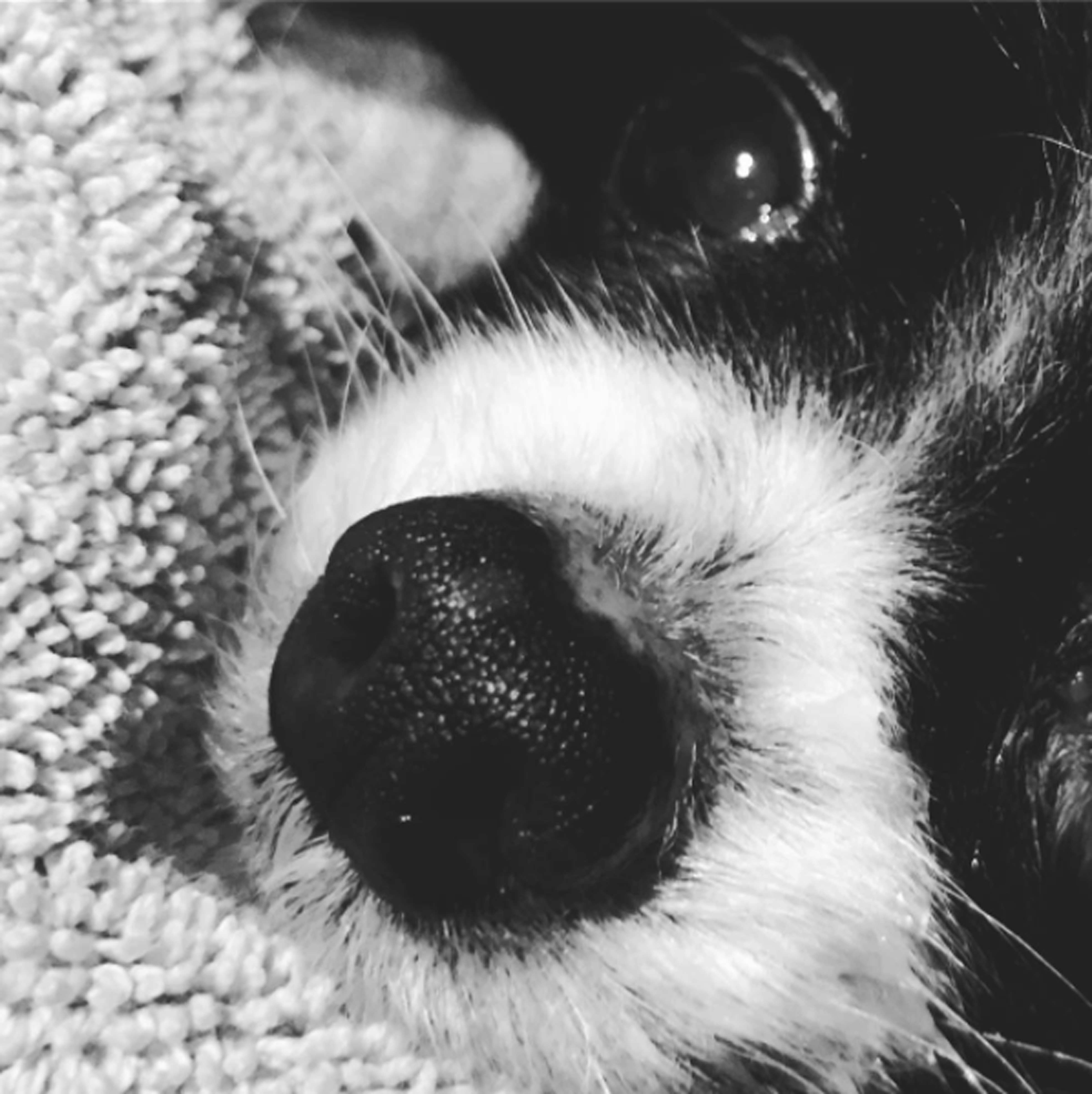Did you sniffle through the 2008 film Marley and Me? Were books like Where the Red Fern Grows, Sounder, and Shiloh among your childhood favorites? Does the mere mention of Lassie, Old Yeller, Toto, or Rin Tin Tin cause a paw-sized pang in your heart? You are not alone. To celebrate National Dog Day on August 26, we look back on popular pups and meet the dogs of some Penn Arts and Sciences faculty.
Filmmakers have been using man’s best friend to woo audiences for well over a century. In 1898, a film called Washing the Sweep featured a Jack Russell Terrier prancing through the scene (remakes have been around just as long; shots in Washing the Sweep are quite similar to those in 1897’s Hanging Out the Clothes). Rescued by Rover, a 1905 film, hinges on the family collie finding a kidnapped baby. The film was so popular that the negatives wore out and it had to be reshot—twice. In 1918, Charlie Chaplin wrote, directed, and starred in A Dog’s Life, in which the dog, Scraps, is the hero. Color, sound, and television did not change enthusiasm for seeing dogs on screen, from Lassie and Toto to Turner and Hooch, which paired Tom Hanks with a loyal mastiff, and Eddie, the ever-present terrier on Frasier. The Artist’s Uggie, another terrier, was so popular that the British Academy of Film and Television had to publicly state that dogs cannot be selected for best actor (don’t cry for Uggie—he won the Palm Dog Award at the 2011 Cannes Film Festival).

"The Arnolfini Portrait," painted by Jan van Eyck in 1434.
Dogs get plenty of love on the smallest of screens, too. An Instagram-famous dog might get a book deal or an advertising contract with brands like Budweiser or JetBlue.
Every so often, a dangerous dog appears in pop culture—Arthur Conan Doyle’s Sherlock Holmes novel The Hound of Baskervilles, for example, or Stephen King’s Cujo—but more often, dogs are loveable heroes.
Our delight at seeing representations of dogs is older than any film technology. The iconic image of dogs playing poker dates back to an 1894 series of oil paintings by New York artist Cassius Marcellus Coolidge. The paintings were commissioned to sell cigars. Kitsch as those images may be, one of the original paintings sold for $658,000 at a 2015 Sotheby’s auction. On the more noble end of dogs-on-canvas spectrum, Winslow Homer’s 1891 oil painting “A Huntsman and Dogs” (located at the Philadelphia Museum of Art) is part of the American and British tradition of painting dogs at work. Further back, “The Arnolfini Portrait,” painted by Jan van Eyck in 1434, has long been an art historian favorite for its rich symbolism, including a small dog, thought to imply fidelity, between a married couple (other aspects of the painting to ponder: the oranges on the windowsill, the wooden shoes on the floor, the convex mirror on the wall which reflects the entire scene in miniature). Illustrated dogs of all kinds appear in medieval manuscripts, from lap dogs and faithful companions to hunters and protectors. Roman, Greek, Assyrian, and Chinese artifacts depict dogs. In Homer’s Odyssey, it is a dog named Argos who recognizes the long-missing Odysseus, even when friends do not.
Dogs are loyal friends to many a Penn Arts and Sciences professor.


